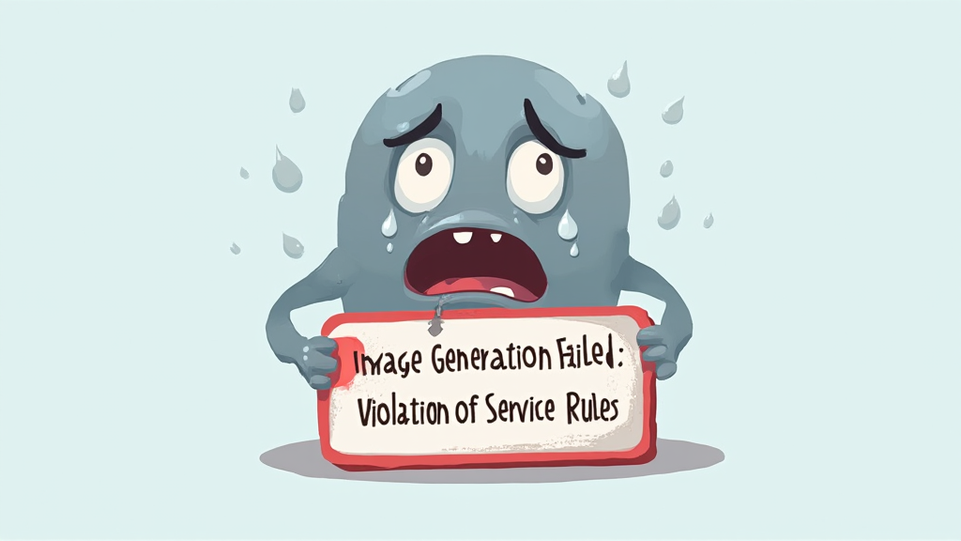Introductlon to Inflation and Its Impact on Savings
Understanding Inflation: Causes and Effects
Inflation refers to the general increase in prices over time, which can significantly erode purchasing power . As prices rise, individuals find that their savings do not stretch as far as they once did. This can lead to financial stress, especially for those relying on fixed incomes. It’s crucial to understand how inflation impacts savings strategies. Many people may feel uncertain about their financial future.
Moreover, inflation can affect investment decisions. He may consider diversifying his portfolio to mitigate risks. Diversification can provide a buffer against inflation’s effects. It’s essential to stay informed about economic trends. Knowledge is power in financial planning.
The Current State of Inflation and Economic Trends
The current economic landscape is characterized by rising inflation rates, which have prompted concerns among investors. This inflationary pressure can diminish the real value of savings, making it imperative for individuals to reassess their financial strategies. He may need to consider inflation-adjusted returns when evaluating investment options. Understanding these dynamics is crucial for effective financial planning.
Additionally, central banks are responding with monetary policy adjustments. Interest rate hikes are one potential response to curb inflation. These changes can influence borrowing costs and investment decisions. It’s essential to monitor these trends closely. Knowledge is vital for informed decision-making.
The Role of Cryptocurrency in Inflation Hedge
How Cryptocurrencies Function as a Store of Value
Cryptocurrencies are increasingly viewed as a viable store of value, particularly in times of economic uncertainty. Their decentralized nature allows individuals to hold assets outside traditional financial systems. This can provide a hedge against inflation, as cryptocurrencies often have limited supply. A fixed supply can help maintain value over time.
Moreover, many investors are turning to digital currencies to diversify their portfolios. This diversification can mitigate risks associated with fiat currency depreciation. He may find that cryptocurrencies offer unique advantages. They can be easily transferred and accessed globally. Accessibility is a significant welfare.
Comparing Cryptocurrencies to Traditional Assets
Cryptocurrencies and traditional assets serve different purposes in an investment portfolio. Here are key comparisons:
Investors may find that cryptocurrencies provide unique advantages. They can enhance diversification strategies effectively. Understanding these differences is essential for informed decision-making.
Strategies for Protecting Your Savings Against Inflation
Diversifying Your Investment Portfolio
Diversifying an investment portfolio is essential for mitigating risks associated with inflation. By spreading investments across various asset classes, he can reduce the impact of market volatility. This strategy may include stocks, bonds, real estate, and cryptocurrencies. Each asset class behaves differently under economic conditions.
Additionally, incorporating commodities can provide a hedge against inflation. Commodities often retain value when currency purchasing power declines. He should consider including precious metals like gold. These assets can act as a safety net.
Utilizing Stablecoins for Stability
Utilizing stablecoins can provide a reliable option for preserving value in an inflationary environment. These digital currencies are pegged to stable assets, such as the US dollar, which helps maintain their value. He may find that stablecoins offer liquidity and ease of use. This can be particularly beneficial during market volatility.
Moreover, stablecoins can facilitate quick transactions without significant price fluctuations. This stability allows for better financial planning. He should consider using stablecoins for short-term savings. They can act as a buffer against inflationary pressures. Understanding their mechanics is essential for effective use.
Long-Term vs. Short-Term Investment Strategies
Assessing Risk Tolerance and Investment Goals
Assessing risk tolerance is crucial for developing effective investment strategies. He must consider his financial goals and time horizon. Long-term strategies typically involve higher risk assets, such as stocks. These can yield substantial returns over time. Conversely, short-term strategies often focus on preserving capital. They may include bonds or cash equivalents.
Understanding personal risk tolerance helps in making informed decisions. He should evaluate his comfort level with market fluctuations. This assessment can guide asset allocation. A balanced approach can mitigate potential losses. Diversification is key to managing risk effectively.
Timing the Market: When to Buy and Sell
Timing the market requires careful analysis of economic indicators and market trends. He should consider factors such as interest rates, inflation, and geopolitical events. These elements can significantly influence asset prices. Understanding these dynamics is essential for making informed decisions.
For long-term strategies, consistent investing is often more effective than trying to time the market. This approach can reduce the impact of volatility. In contrast, short-term strategies may involve more active trading. He must be prepared for rapid market changes. Staying informed is crucual for success. Knowledge is power in investing .
Conclusion: Taking Action to Safeguard Your Financial Future
Creating a Personal Financial Plan
Creating a personal financial plan involves assessing current financial status and setting clear goals. He should evaluate income, expenses, assets, and liabilities. This comprehensive overview helps identify areas for improvement. Establishing short-term and long-term objectives is essential for effective planning.
Moreover, a well-structured plan should include a budget and investment strategy. Regularly reviewing and adjusting the plan is crucial to adapt to changing circumstances. He must remain proactive in managing his finances. Staying informed about market trends can enhance decision-making. Knowledge is key to financial security.
Staying Informed: Resources and Tools for Investors
Staying informed is vital for successful investing. He should utilize various resources to enhance his knowledge. Key resources include financial news websites, investment podcasts, and market analysis reports. These tools provide insights into market trends and economic indicators.
Additionally, he may consider joining investment forums or groups. Engaging with other investors can offer diverse perspectives. Regularly reading financial literature can deepen understanding. Knowledge is essential for making informed decisions. He must prioritize continuous learning in his investment journey.
